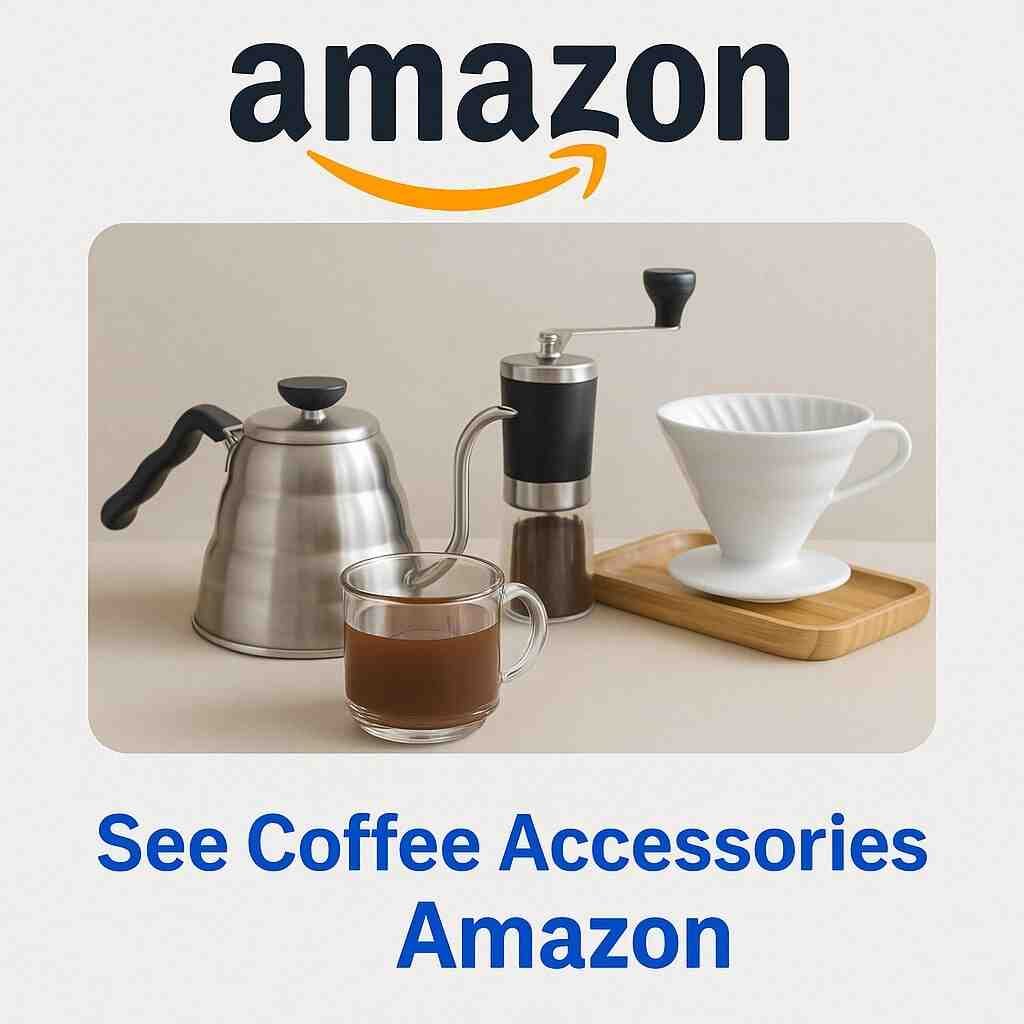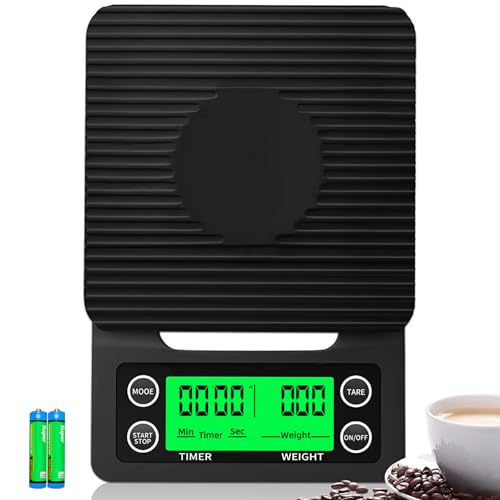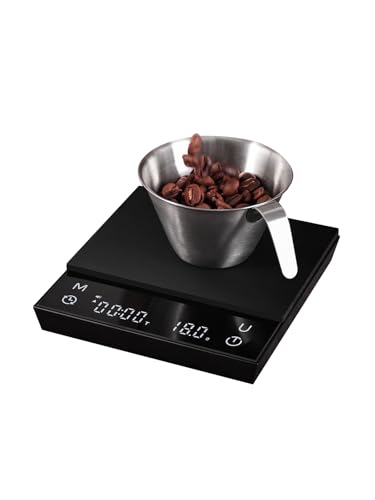Have you ever brewed a cup of coffee that was delish only to be unable to replicate it the next day? That inconsistency is often due to estimating your measurements as opposed to a scale. If you plan on becoming a home barista, learning to use a coffee scale can make a significant difference in your brewing skills.
Why a Coffee Scale Matters
Using a coffee scale isn’t just for professionals it’s one of the simplest tools that brings consistency and control to your brew. Eyeballing grinds or water volume might work occasionally, but a scale removes the guesswork, allowing you to replicate great results every time.
A perfect coffee-to-water ratio is assured for optimal extraction. Too grounds-y and your coffee is bitter; too ground-less, it’s weak. A coffee scale is the solution.
What You’ll Need
A digital coffee scale with 0.1g accuracy
Freshly ground coffee
Hot water (preferably 195°F–205°F or 90°C–96°C)
Your brewing device of choice (pour-over, French press, AeroPress, etc.)
Step-by-Step: Using a Coffee Scale
Tare the Scale
Place your brewing equipment (or filter and dripper) onto the scale and hit the “tare” or “zero” button. That is your zero reading so that you only weigh the coffee and water.
Measure the Coffee
Place your coffee grounds in the brewer. Most recipes require starting with a 1:15 to 1:17 coffee-to-water ratio. For example, put 20 grams of coffee into roughly 300–340 grams of water.
read more: Why Backlit Displays Matter in Coffee Scales
Tare Again
After adding coffee, tare the scale again for you to be ready to measure only water weight.
Pour and Monitor
As you pour hot water, the scale will tell you exactly how much you’re putting in. Try pouring in slow, circular motions so that it’s well saturated. Monitor the number to cut off at your set amount.
Time and Control
Most coffee scales also include a timer. Start the timer when you begin pouring to control your total brew time. This is especially handy for pour-over and AeroPress recipes.
Common Mistakes to Avoid
Leaving Out the Tare: You should always tare before adding new ingredients.
Using a Flaky Scale: Scales in your kitchen that are not 0.1g accurate won’t cut it for coffee.
Estimating Ratios: Small variations can change your brew substantially.
Tips for Better Brewing
Stick to the same recipe every day to calibrate your palate.
Record your measurements and outcomes to refine your method.
Don’t trust memory measure everything.
It will significantly enhance the quality of your coffee
An inexpensive coffee scale may not seem like a big spend, but it will significantly enhance the quality of your coffee. Consistency is the essence of achieving perfection in home brewing, and consistency begins with accuracy.
So the next time you grab your kettle, grab your coffee scale too. Your future self and taste buds will thank you.














[…] you in total control of the brewing process but that means small mistakes can lead to uneven cups. A coffee scale helps […]